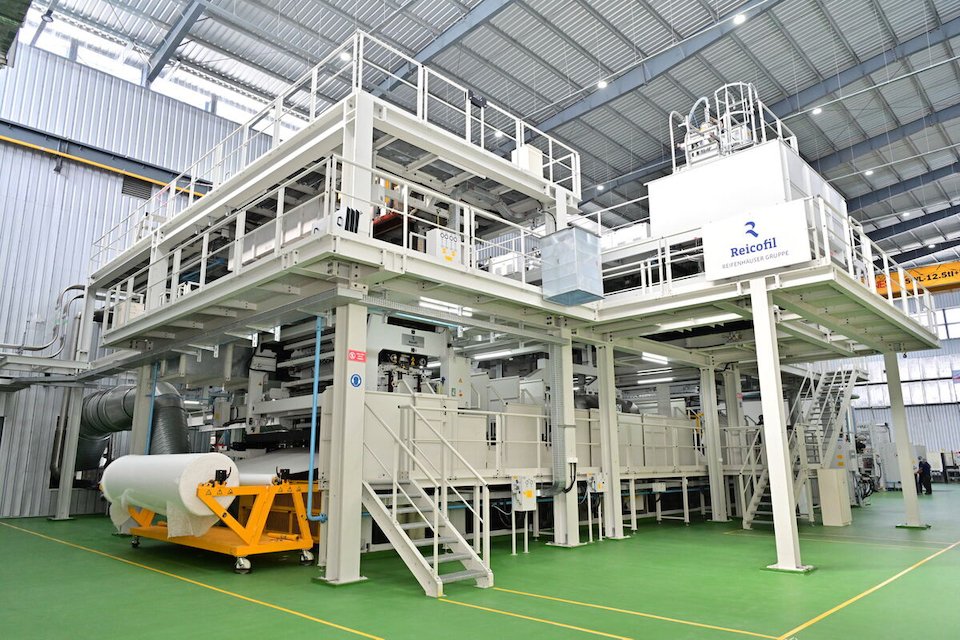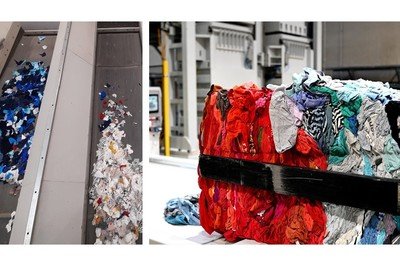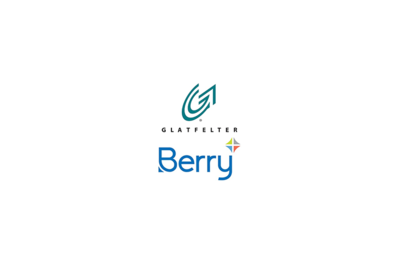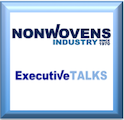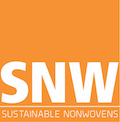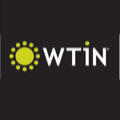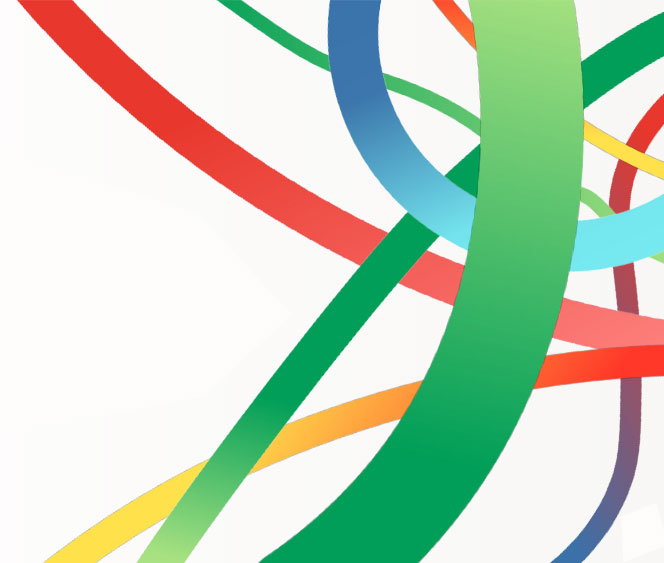
In one of the most significant shifts in global demographics since records began, India overtook China during 2023 as the world’s most populous country, according to the United Nations (UN).
The UN’s projections – calculated through a variety of datasets including census data and birth and death rates – put India’s population in July 2023 at 1,429 million people, ahead of China’s 1,426 million.
The production of nonwovens and the consumption of products made from them – especially absorbent hygiene products (AHPs) and disposable wipes – has always grown alongside populations and the rising prosperity of a country and right now it looks like it is India’s turn.
Strong presence in Geneva
At the INDEX™23 exhibition in Geneva, there was a notable presence of major new Indian nonwovens manufacturers serving the AHPs industry, including Global Nonwovens, based in Nasik, Maharashtra, and Spunweb, in Rajkot, Gujarat, both of whom were only founded in 2015.
Global Nonwovens – having first exhibited at INDEX™ in 2017 – was the first nonwovens company in India to set up two state-of-the-art Reifenhäuser Reicofil R4 five-beam spunmelt lines.
It has since become the first company in the country to install a Reicofil R5 line – the most advanced spunmelt system for the production of AHP nonwoven components which was also first introduced at INDEX™17.
“Every sector of the consumer lifestyle market in India is growing in sophistication all the time, but the market penetration of AHPs is still low,” says the company’s CEO Anubhav Poddar. “The only way to increase market penetration is to keep product cost low by the use of low basis weight nonwovens without compromising quality. The latest generation Reicofil RF 5 can produce ultra-thin nonwovens with good mechanical properties, softness, uniformity and finer denier filaments.”
Spunweb, based in Rajkot, Gujarat, which made its debut at INDEX™23, has meanwhile consistently invested in technology for spunmelt nonwovens and now has five lines with an annual capacity of 33,000 tons, with a similar focus on growing the domestic market.
Blown film experience
The latest entrant to this market, and also making its debut at INDEX™23, is Manjushree Ventures, which has established Manjushree Spntek as a producer of high-quality spunmelt fabrics on a Reicofil RF composite line installed at its plant in Bengaluru, Karnataka.
Manjushree Ventures has many years of previous experience in operating Reifenhäuser’s blown film lines for the packaging industry and knows a lot about plastic extrusion when it comes to line operating parameters such as temperature and pressure.
“Processing is similar in both industries, but the main difference is in the distribution of the products,” explains Rajat Kedia, Managing Director at Manjushree Ventures. “In plastic packaging, we had an established customer base and sold a lot of material to the big consumer goods manufacturers. The nonwovens market in India is meanwhile still forming, with thousands of small companies currently getting involved.”
Unique challenges
Small-volume markets present spunmelt producers with unique challenges – many customers who buy smaller quantities still have specific requirements. In India, for example, materials for hospitals have to meet the different regulations of India’s 30 separate regional states. There are also different specifications for colours, properties and basis weights.
“Customers are looking for better web uniformity, more softness, lighter weight fabrics and of course cheaper products if possible,” Rajat Kedia explains. “Our need was for a machine which can cater to the entire gamut of requirements from 10-100gsm which is extremely cost efficient for colour changes, but most importantly consistent in product quality and cost. We chose the RF line from Reicofil because it is very flexible and allows us to respond to the current needs of the market.”
Sparkle Innovations
There was further good news for India’s growing industry at INDEX™23, with Sparkle Innovations being first nominated for no less than three separate categories in this year’s INDEX™ Innovation Awards and then going on to claim the Sustainable Product category award for its SugaFluff absorbent cores for AHPs.
Sparkle is operating a state-of-the art converting plant in Kamrej, Gujarat, with the capacity to manufacture over one million sanitary pads per day, and has established a sustainable and in part fully closed loop system for its products by working with local partners.
Sparkle sanitary pads are made from renewable resources designed to biodegrade in warm and humid conditions, with their top sheets, absorbent cores, release papers, pad wrapping papers and outer packaging all made of cellulose-based fibres.
SugaFluff absorbent cores are made from sugarcane bagasse – one of the world’s most abundantly available lignocellulose agricultural residues. In India alone, over 100 million tons of it is produced each year. Unlike planting softwood or hardwood trees, no extra land is required for bagasse as a widely available by-product of the sugar industry.
In considering the entire life cycle of its products, Sparkle is going further and also piloting its GreenCycle project in Surat, Gujarat, as a first step for making the large-scale composting of absorbent hygiene products a reality.
Growth
Nonwovens production in India has already grown by over 50% in the past five years, according to Business Consulting House (BCH), the New Delhi-based consultancy and industry advisor, from 410,000 tons in 2017 to 874,000 tons in 2022.
Most notably this new capacity is going to the AHPs market, for which nonwovens production has rocketed from 16,600 tons to 84,395 tons over the same period.
“India’s nonwovens and AHP industries are currently seeing great momentum,” says Samir Gupta, BCH Managing Director. “New players are entering the market and existing participants are in expansion mode. Raw material supply is gradually becoming localised and import substitution is on the rise. As India gears up for the next hygiene revolution, it is witnessing new market trends coupled with a change in production dynamics. A never-seen-before user awareness is making the business very exciting
